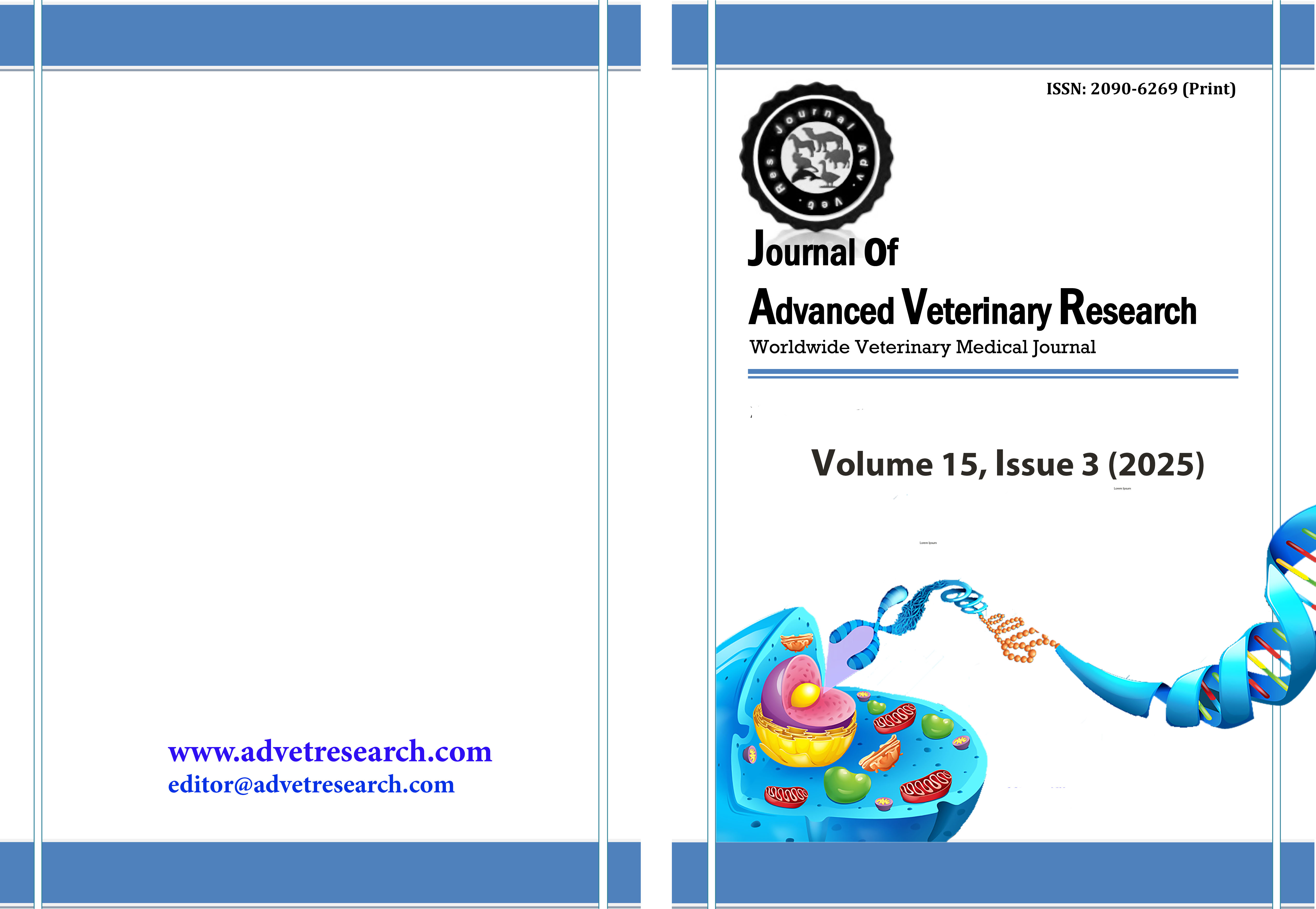Comparative anatomical and histological study of plastinated and non-plastinated organs of one-humped camel (Camelus dromedarius)
Keywords:
Tissue preservation, Plastination, Spleen, Testis, TEMAbstract
Formalin, commonly used as an embalming fluid for tissue preservation, poses significant risks to the public health of humans and animals. The present study aims to focus on the Elnady plastination method for tissue preservation and examines the macro and microscopic changes in two organs before and after the plastination. Spleen and testis samples from six one-humped camels were used in this study. Plastination process included formalin fixation, acetone dehydration, glycerin impregnation, and cornstarch curing. The gross morphological changes and weights of the spleen and testis were measured after each treatment phase. The spleen turned dark brown color after the glycerin phase, while the testicular capsule became more transparent. Shrinkage was noted as 23.16% in the spleen and 31.57% in the testis. Both light and transmission electron microscopical (TEM) results confirmed the shrinkage, especially in the collagen fibers, that showed reduction in their amount and formation of spaces between the cells in both the spleen and testis.
Downloads
Published
How to Cite
Issue
Section
License
Copyright (c) 2025 Journal of Advanced Veterinary Research

This work is licensed under a Creative Commons Attribution-NonCommercial-NoDerivatives 4.0 International License.
Users have the right to read, download, copy, distribute, print, search, or link to the full texts of articles under the following conditions: Creative Commons Attribution-NonCommercial-NoDerivatives 4.0 International (CC BY-NC-ND 4.0).
Attribution-NonCommercial-NoDerivs
CC BY-NC-ND
This work is licensed under a Creative Commons Attribution-NonCommercial-NoDerivatives 4.0 International (CC BY-NC-ND 4.0) license




